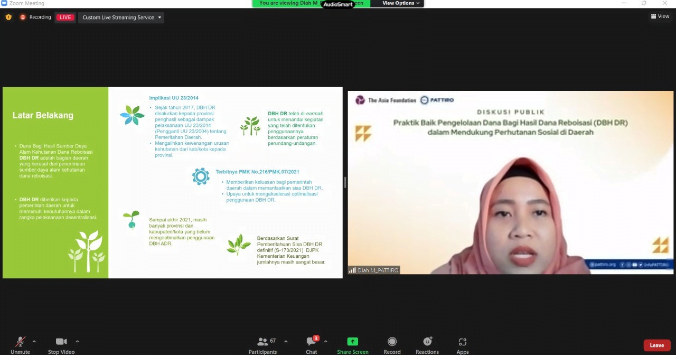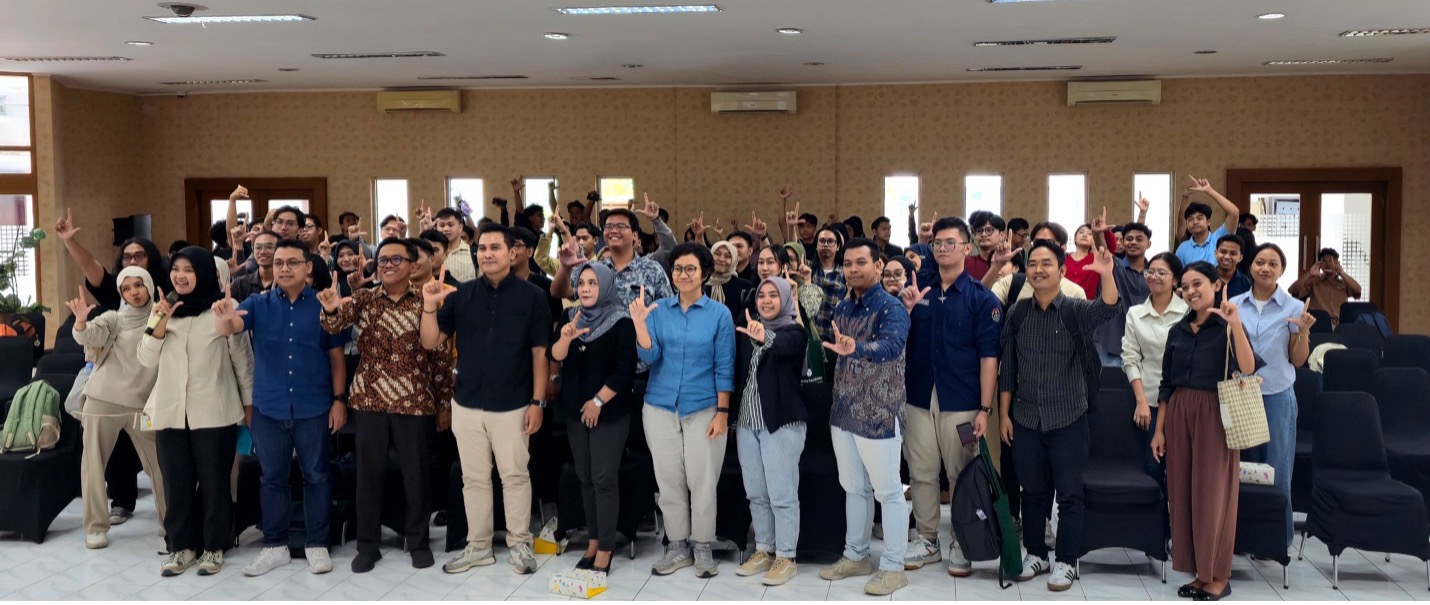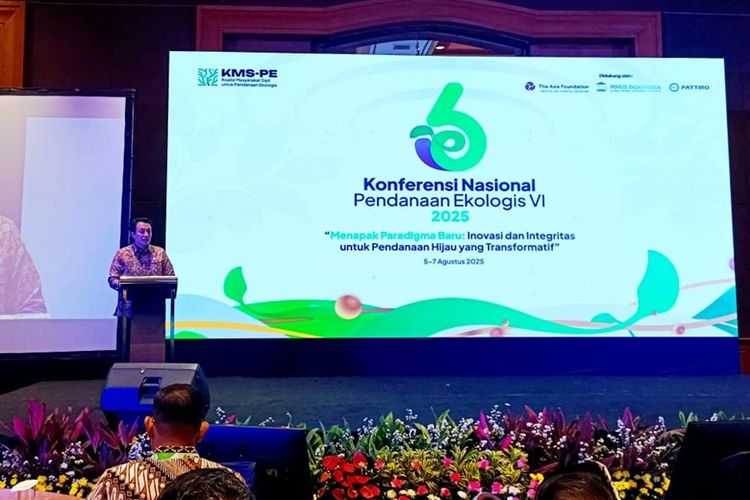
JAKARTA, KOMPAS — The revenue sharing funds for forestry resources from reforestation funds (DBH DR) have not been used optimally for social forestry management. The amount of reforestation funds that are unused at the regional level is also quite large. Yet, these funds can be used to expand access to forest land as well as improve community welfare.
Data from the Directorate of Fiscal Balance of the Ministry of Finance show that there is still a balance of Rp 4.17 trillion in funds from the DBH DR which has not been utilized. The funds are still deposited in the regional treasuries, with Rp 1.3 trillion in the provincial governments and Rp 2.7 trillion in the district or city governments.
DBH DR is the regional share of funds derived from forestry and reforestation natural resource revenues. These funds can be used, among others, for community empowerment and social forestry.
“In another strategy, the DBH DR can also be used to provide direct cash assistance to communities living around the forests so that people’s welfare can be maintained. Social forestry may not have been productive yet, so the DBH DR, a proportion of 30 percent of the total ceiling, can be used for this,” said Head of the Revenue Sharing Allocation Section of the Ministry of Finance Denny Kurniawan in Jakarta, Thursday (9/6/2022).
According to him, the utilization of DBH DR can be optimized for regional economic empowerment, especially the development of products related to social forestry. Standardization and marketing certification of social forestry products can be carried out so as to improve the welfare of the people living around the forest.
The Head of the Strategic Policy Center of the Ministry of Forestry and Environment Thomas Nifinluri added that the provisions regarding the expansion of the use of DBH DR have been regulated in Minister of Finance Regulation Number 216 of 2021. This policy is considered capable of opening wider opportunities in the use of DBH DR for strategic activities that are not only limited to forest and land rehabilitation activities.
“Regulations have developed recently and are highly compatible with the current development dynamics. Therefore, we remind the provinces, especially producers of forest product, to be able to utilize these funds as much as possible to support social forestry programs,” he said.
As for the development of social forestry businesses that can be done, these can take the form of, among others, the formation of social forestry business groups (KUPS), strengthening the institutional capacity of KUPS, and managing forest areas such as agroforestry and agrosilvopasture. In addition, other developments include increasing added value in social forestry products and developing businesses from social forestry products.
Thomas said that in 2022 the DBH DR distributed to provinces producing forestry products amounted to Rp 656 billion. The largest funds were received by Central Kalimantan, East Kalimantan, North Kalimantan, West Papua, Papua, West Kalimantan and West Sumatra.
However, the absorption of DBH DR in a number of these areas has not been optimal. In 2021, the five provinces with the largest residual DBH DR are Central Kalimantan (Rp 604 billion), North Kalimantan (Rp 319 billion), East Kalimantan (Rp 182 billion), and Maluku (Rp 85.7 billion).
Pattiro (Regional Research and Information Center) Program Officer for the Setapak program, Diah M, said that West Sumatra Province could be emulated as good practice in managing DBH DR in supporting social forestry in the region. This can be seen from the policies and planning and budgeting that have been determined regarding the utilization of DBH DR.
From a policy perspective, West Sumatra Province has committed to expanding social forestry in its territory by 50,000 hectares per year. In addition, another effort is to increase the added value of non-timber forest product management for communities living around the forest. A number of policies are also regulated to increase the added value of agricultural, livestock, fishery and forestry productivity, including social forestry.
“The commitment of the local government is very important in determining the better management of social forestry. In West Sumatra, social forestry has become the focus of government development as stated in the 2021-2026 RPJMD,” said Diah.
Source:
https://www.kompas.id/baca/humaniora/2022/06/09/pemanfaatan-dana-reboisasi-belum-optimal




